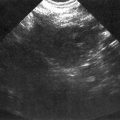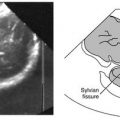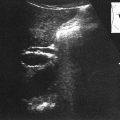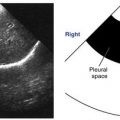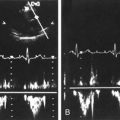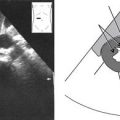• Scanning planes are used to establish the direction that the ultrasound beam enters the body and the anatomic portion of anatomy being visualized from that particular direction.
• Scanning planes are often obliqued (slanted; angled) by very slightly twisting/rotating the transducer. The degree of the oblique is determined by how the structure of interest lies in the body. Most body structures lie at a slight angle; they usually do not lie in a straight line up and down or straight across the body. The oblique scanning plane affords visualization of the greatest margins of a structure.
• Scanning planes provide two-dimensional ultrasound images.
• Body structures are generally viewed longitudinally and axially. Longitudinal views show a structure’s length and depth. Axial views show width and depth. Do not confuse scanning planes with views. For example, “transverse” is not a view, it is a scanning plane.
Scanning Planes Interpreted
Sagittal Scanning Plane
Scanning in sagittal planes means that the ultrasound beam is entering the body from either an anterior or posterior direction and that the anatomic portion of body structures being visualized from that particular direction are:
• Anterior
• Posterior
• Superior
• Inferior

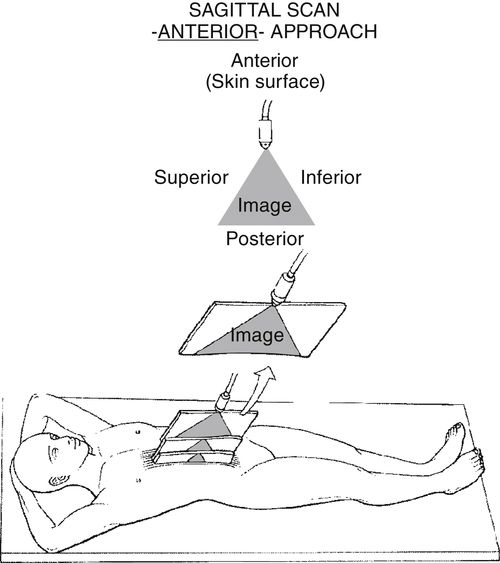
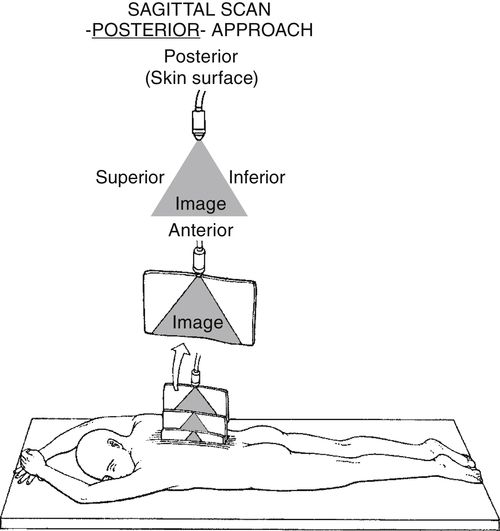
Transverse Scanning Plane
Scanning in transverse planes means that the ultrasound beam is entering the body from either an anterior, posterior, or lateral direction and that the anatomic portion of body structures being visualized from that particular direction are:
• Beam entering from an anterior or posterior direction:
• Anterior
• Posterior
• Right lateral
• Left lateral

Coronal Scanning Plane
Scanning in coronal planes means that the ultrasound beam is entering the body from either a right or left lateral direction and that the anatomic portion of body structures being visualized from that particular direction are:
• Lateral (right or left)
• Medial
• Superior







